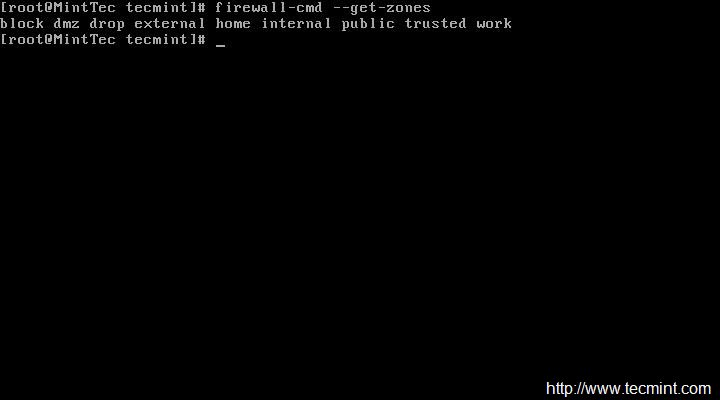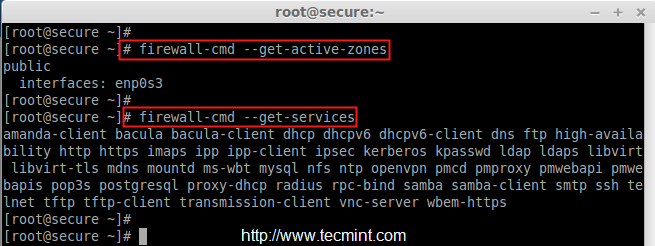Deployment on CentOS 7 We will need 4 servers, running on CentOS 7.1 64 bit with minimal install. All components are available directly from the CentOS extras repository which is enabled by default. The following architecture diagram illustrates where the Kubernetes components should reside. 


• Install the haproxy package on each front-end server: # yum install haproxy • Edit /etc/haproxy/haproxy.cfg to configure HAProxy on each server. • Enable IP forwarding and binding to non-local IP addresses: # echo \'net.ipv4.ip_forward = 1\' >> /etc/sysctl.conf # echo \'net.ipv4.ip_nonlocal_bind = 1\' >> /etc/sysctl.conf # sysctl -p net.ipv4.ip_forward = 1 net.ipv4.ip_nonlocal_bind = 1 • Enable access to the services or ports that you want HAProxy to handle.
...'>Install Haproxy On Centos 7 Firewalld Status(06.10.2018)Deployment on CentOS 7 We will need 4 servers, running on CentOS 7.1 64 bit with minimal install. All components are available directly from the CentOS extras repository which is enabled by default. The following architecture diagram illustrates where the Kubernetes components should reside. 


• Install the haproxy package on each front-end server: # yum install haproxy • Edit /etc/haproxy/haproxy.cfg to configure HAProxy on each server. • Enable IP forwarding and binding to non-local IP addresses: # echo \'net.ipv4.ip_forward = 1\' >> /etc/sysctl.conf # echo \'net.ipv4.ip_nonlocal_bind = 1\' >> /etc/sysctl.conf # sysctl -p net.ipv4.ip_forward = 1 net.ipv4.ip_nonlocal_bind = 1 • Enable access to the services or ports that you want HAProxy to handle.
...'>Install Haproxy On Centos 7 Firewalld Status(06.10.2018)

